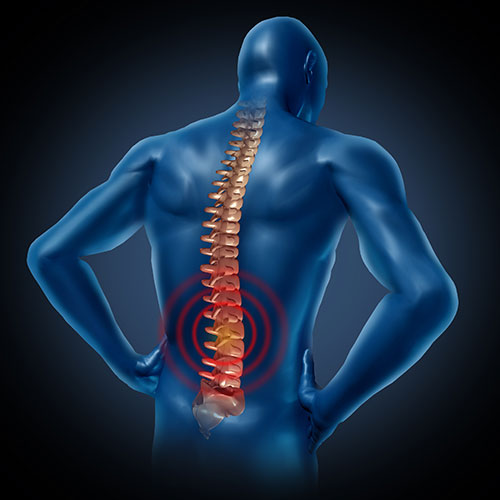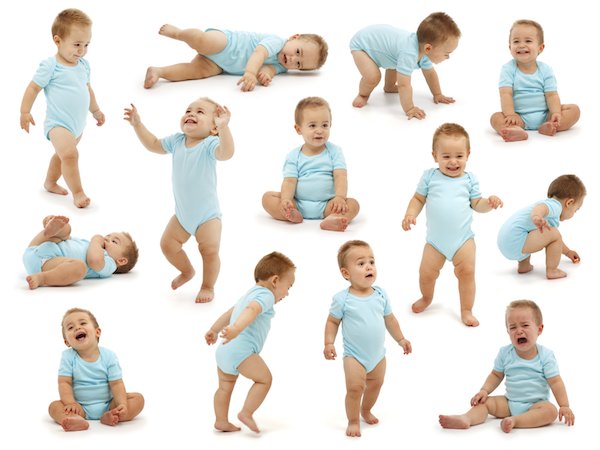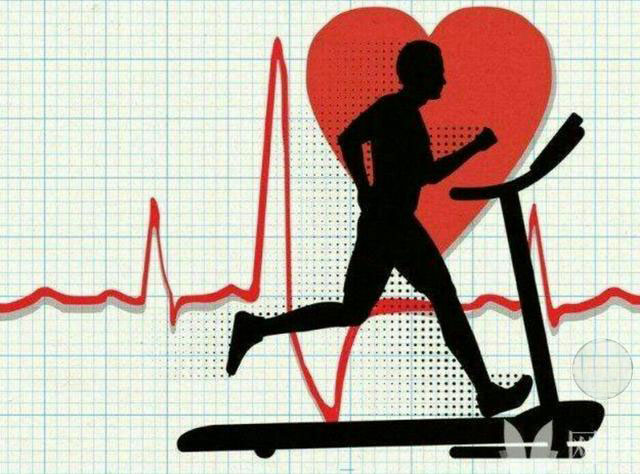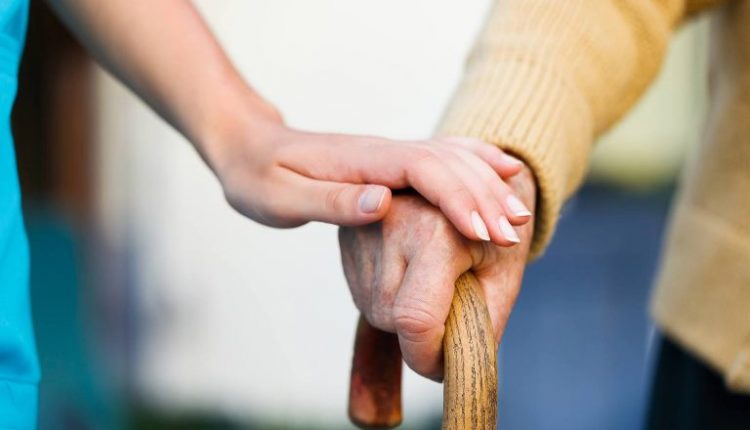We assess the impact of neurological conditions and neurological trauma (such as head or spinal injuries, strokes or brain surgery) on patient’s normal bodily functions and movements.
Common symptoms include paralysis, vision impairment, poor balance, inability to ambulate, and loss of functional dependence.

We use proven techniques to help restore movement and function to anyone affected by an injury, disability or health condition. It is a therapy that can help you achieve movement for life. We are known for treating injuries and have the skills to treat and prevent a range of health problems involving Joints, Bones, Soft Tissue, muscles and ligaments.

We try to resolve musculoskeletal and neurological issues for children of any age, starting from new born until 15 years.
- Birth defects like- Congenital Tallipes Varus (CTEV), Torticollis, Congenital Hip Dislocation (CHD)
- Sports/ activity related injuries and pains like Osgood Schlatter's Syndrome, Jumper's knee, sprains
- Rehabilitation following orthopedic surgery e.g. fractures, leg-lengthening procedures
- Neurological impairments like Delayed Milestones, Cerebral Palsy, Poliomyelitis

Cardiac Rehabilitation is the process by which patients with cardiac disease are encouraged to support, achieve and maintain optimal physical and psychosocial health.
Cardiac rehabilitation is mainly prescribed to patients with ischemic heart disease, with myocardial infarction, after coronary angioplasty, after coronary-aortic by-pass graft surgery and to patients with chronic heart failure.

We deal with sports injury management and sports injury treatment. Sports Physiotherapy includes injuries:
- Ankle sprain
- Groin Pull
- Hamstring Strain
- Shin Splints
- ACL tear
- Tennis Elbow
- Golfers Elbow

We deals with health issues concerning the physical disabilities of the elderly.
It Includes:
- Age related muscular or joint aches and pains
- Age related nerve pain
- Age related muscular weakness
- Parkinson's, Arthritis
- Post-surgery rehabilitation for Hip replacement
- Post- surgery rehabilitation for Hip resurfacing
- Post- surgery rehabilitation for Knee replacement (full and partial)

We aim to resolve various musculoskeletal changes that occur in a woman. We specialize in:
Pain related to child bearing
- Low and mid back pain
- Shoulder and neck pain
- Sacro-Iliac Joint pain
- Difficulty/pain with movement
- Carpal tunnel symptoms
- Post caesarean pain (after healing)
- Rectus Diastasis
- Osteoporosis
- Arthritis
- Obesity
- Pre Natal & Post Natal Exercises & Camps

MANUAL THERAPIES
It uses self treatment techniques by the patient, therapist assisted movements and mobilizations to bring about good results in the shortest amount of time. It aims at abolishing pain, relieving stiffness, achieving full functional range of motion (ROM) attaining a desired level of stabilization.
MCKENZIE TECHNIQUES
Mechanical diagnosis and therapy also known as MDT, founded by New Zealand physical therapist Robin Mckenzie, works mainly on the principle of self treatment by the patient, thus making the patient independent. The therapist assists in mobilization only when the patient generated forces are not adequate to bring about any relief from symptoms.
MULLIGAN TECHNIQUES
This school of thought was founded by Brian Mulligan, a New Zealand based physiotherapist. These techniques help rectify any positional faults in the joints, using passive mobilization techniques added to active movements. These help in relieving pain and improve any stiffness in joint range of motion.
MAITLAND’S TECHNIQUES
Geoffrey Maitland, an Australian physiotherapist, developed this concept of manual therapy. With proper manual assessment and treatments techniques, this technique helps the patients achieve great results.
CYRIAX TECHNIQUES
The Cyriax method of Orthopaedic Medicine is an exercise of Applied or Functional Anatomy in which assessment of body movements indicates where lesions lie. It advocates the use of deep transverse frictions massage in combination with manipulation.
MUSCLE ENERGY TECHNIQUE (MET)
MET is a manual therapy that uses the gentle muscle contractions of the patient to relax and lengthen muscles and normalize joint motion.
EXERCISE BASED THERAPY
RESISTANCE BAND EXERCISES
These are basically large elastic Bands used for resistance training. It helps in rehabilitation post injury, and also helps in stabilization exercises. It’s a light weight form of strengthening equipment used to help tone up the muscles.
CORE STABILITY EXERCISES
Core stability revolves around building the corset of muscles around your spine. The term ‘core’ stands not just for your abdominals, but also the other muscles like back extensors and pelvic stabilizers. Achieving a fine balance between all these muscles will lead to a stable spine.
SWISS BALL EXERCISES
The gym ball or the swiss ball is the term given to an air filled large ball, which is used for strengthening of the core muscles. The benefit of exercising on the ball is that, its instability causes all the muscles to react more efficiently, thus achieving a better overall strengthening.
CUFF WEIGHT AND FREE-WEIGHT EXERCISES
Free-weight exercises are basically exercises done with the help of dumbbells and cuff weights, to help build stabilization and strength. Cuff weights are portable weights which can be used to strengthen the muscles of both the upper and lower limbs, and also the stabilizers.
WEIGHT BEARING EXERCISES
These exercises mainly help build up the bone density and muscles due to their impact on the musculoskeletal system. In this, the weight of the patient is used as the resistance. These help mainly in cases of osteoporosis.
BALANCE TRAINING EXERCISES
Those patients affected by balance inadequacies, are trained with proprioceptive strategies, to improve their sense of balance. The balance can be challenged by using free exercises and using equipments like balance boards. It used mainly for elderly people, neurological cases, and lower limb instability cases.
STRETCHING EXERCISES
These exercises can be active or passive, static or dynamic. These are used to stretch out the muscles which are tight, and thus rectify any muscle imbalances.
ELECTRO THERAPY MODALITIES
Electrotherapy is a mode of treatment which uses machines to provide the desired relief to the patient. Some of its effects are mentioned below.
- Nerve stimulation by electrical pulses
- Electrical stimulation of innervated muscle
- Stimulation of denervated muscle
- Muscle strengthening
- Maintenance or increase of range of joint motion
- Effects on muscle metabolism and blood flow
- Control of pain
- Reduction of oedema
Machines used are
- UltraSound
- Shortwave Diathermy
- T.E.N.S.
- Faradic and Galvanic Multi Stimulators
- The use of machines is purely subjective, given as indicated, after ruling out any contraindications
TAPING TECHNIQUE
There are different kinds of tape that can be employed:
- Rigid strapping tape commonly used in taping or strapping is often referred to as "sports tape" or "athletic tape" and is most often a rigid style of strapping tape.
- Elastic strapping tape can also be used when less rigidity or support is required.
- Kinesiology tape is an improved version of elastic sports tape that acts to dynamically assist your muscle function
NEURO DYNAMICS (NDS)
Neurodynamics is an innovative management tools involve conservative decompression of nerves, various neural mobilising techniques and patient education techniques.
